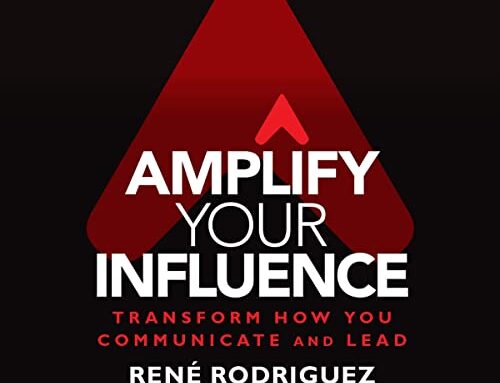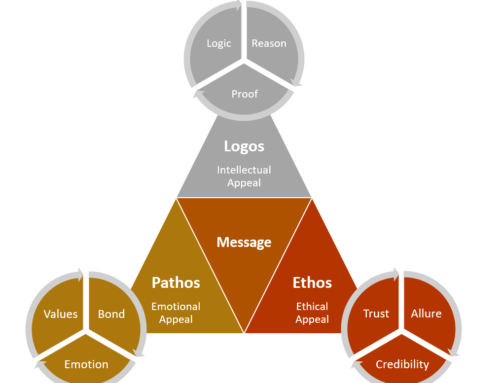
Getting Things Done
Someday/Maybes
Someday/Maybes are not throwaway items. They may be some of the most interesting and creative things you’ll ever get involved with.
These could range from a special trip you might want to take one day, to books you might want to read, to projects you might want to tackle in the next fiscal year, to skills and talents you might want to develop. For a full implementation of this model you’ll need some sort of “back burner” or “on hold” component.
There are several ways to stage things for later review, all of which will work to get them off your current radar and your mind. You can put the items on various versions of Someday/Maybe lists or trigger them on your calendar or in a digital or paper-based tickler system.
The Someday/Maybe List
If you did a THOROUGH mind sweep, you came up with some things you’re not sure you want to commit to. “Learn Spanish,” “Get Marcie a horse,” “Climb Mt. Washington,” “Write a mystery novel,” and “Get a vacation cottage” are typical projects that fall into this category.
Give yourself permission to populate that list with all the items of that type that have occurred to you so far. This is the “Someday/Maybe List”. Activating and maintaining your Someday/Maybe category unleashes the flow of your creative thinking—you have permission to imagine cool things to do without having to commit to doing anything about them yet.
You may also be surprised to find that some of the things you write on the list will actually come to pass, almost without your making any conscious effort to make them happen.
Make an Inventory of Your Creative Imaginings
Reassess Your Current Projects: Now’s a good time to review your Projects list from a more elevated perspective (that is, the standpoint of your job, goals, and personal commitments) and consider whether you might transfer some of your current commitments to Someday/Maybe. If on reflection you realize that an optional project doesn’t have a chance of getting your attention for the next few months or more, move it to this list.
There might be a significant difference for you to think about projects you really want to do around your home as soon as you have the resources versus your “bucket list” kind of fantasies, such as climbing a mountain in Nepal or creating a foundation for disadvantaged kids.
The key here is to pay attention, as you experiment with these options, to whether your lists and subcategories are unnerving or energizing you.
Special Categories of Someday/Maybe: More than likely you have some special interests that involve lots of possible things to do. It can be fun to collect these on lists. For instance:
- Food—recipes, menus, restaurants, wines
- Children—things to do with them
- Books to read
- Music to download
- Movies to see
- Gift ideas
- Web sites to explore
- Weekend trips to take
- Ideas—Misc. (meaning you don’t know where else to put them!)
These kinds of lists can be a cross between reference and Someday/Maybe—reference because you can just collect and add to lists of good wines or restaurants or books, to consult as you like;
In any case, this is another great reason to have an organizing system that makes it easy to capture things that may add value and variety and interest to your life—without clogging your mind and work space with undecided, unfinished business.
The Danger of “Hold and Review” Files and Piles
Many people have created some sort of “Hold and Review” pile or file (or whole drawer or e-mail folder) that vaguely fits within the category of Someday/Maybe. Don’t do this. You can’t let yourself fall into this habit. The value of someday/maybe disappears if you don’t put your conscious awareness back onto it with some consistency.
Also, there’s a big difference between something that’s managed well, as a Someday/Maybe list, and something that’s just a catchall bucket for stuff.
Using the Calendar for Future Options : one of the most creative ways to utilize the calendar function is to enter things that you want to take off your mind and reassess at some later date. Here are a few of the myriad things you should consider inserting:
- Triggers for activating projects
- Events you might want to participate in
- Decision catalysts
Triggers for Activating Projects: If you have a project that you don’t really need to think about now but that deserves a flag at some point in the future, you can pick an appropriate date and put a reminder about the project in your calendar for that day. It should go in some day-specific (versus time-specific) calendar slot for the things you want to be reminded of on that day; then when the day arrives, you see the reminder and insert the item as an active project on your Projects list.
Events You Might Want to Participate In: Set a reminder for when you ARE going to make a decision.
Decision Catalysts: Once in a while there may be a significant decision that you need to make but can’t (or don’t want to) right away. That’s fine, in terms of your own self-management process, as long as you’ve concluded that the additional information you need has to come from an internal rather than an external source (e.g., you need to sleep on it), or there is a good reason to delay your decision until a last responsible moment (allowing all factors to be as current as possible before you choose how to move on it).
But in order to move to a level of OK-ness about not deciding, you’d better put out a safety net that you can trust to get you to focus on the issue appropriately in the future. A calendar reminder can serve that purpose.*
Some typical decision areas in this category include:
- Hire/fire
- Merge/acquire/sell/divest
- Change job/career
- Potential strategy redirection


